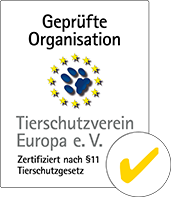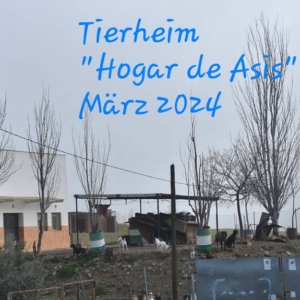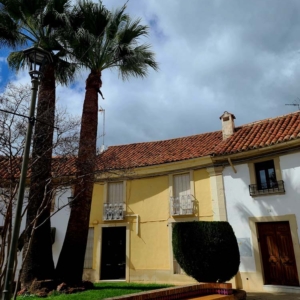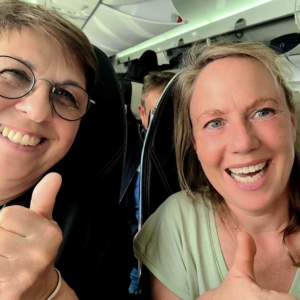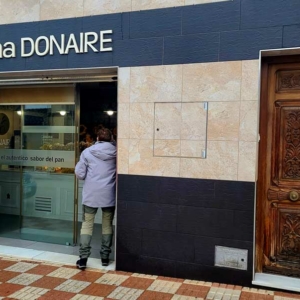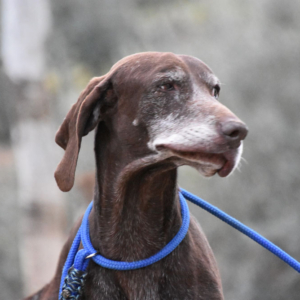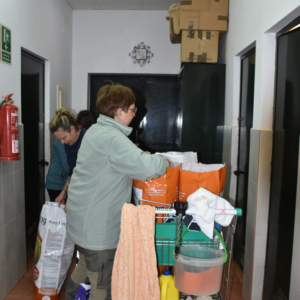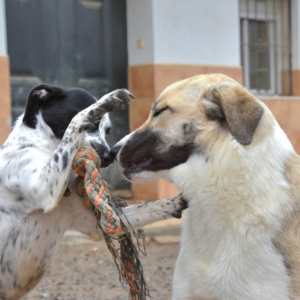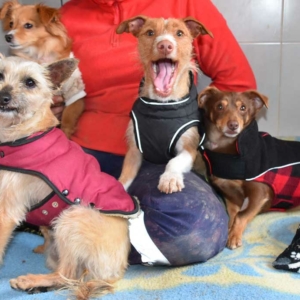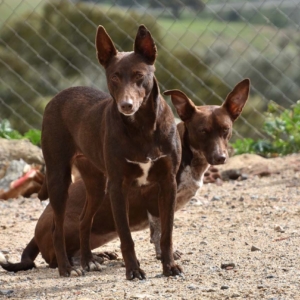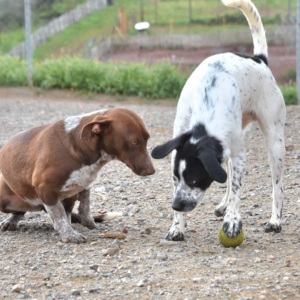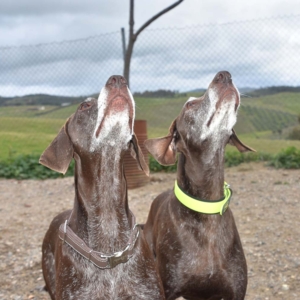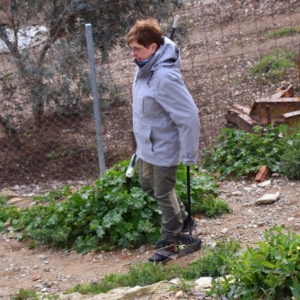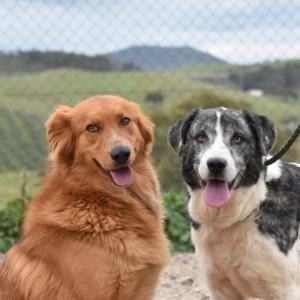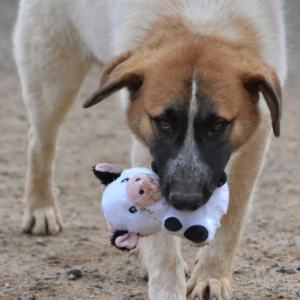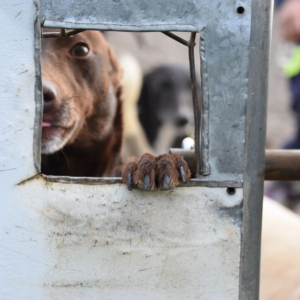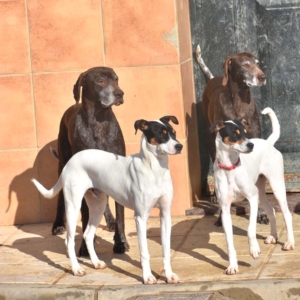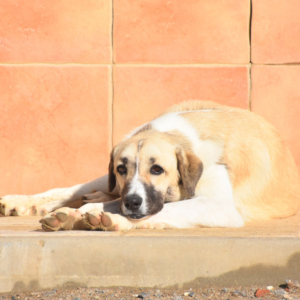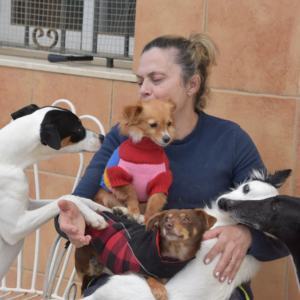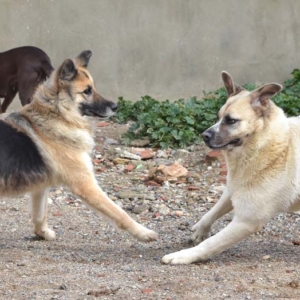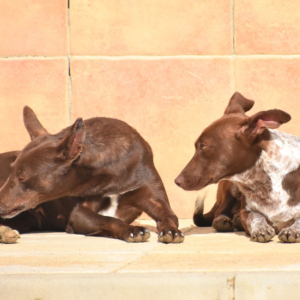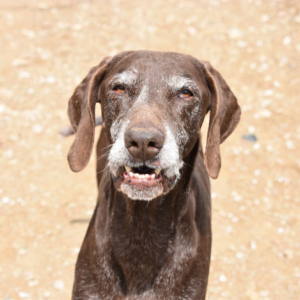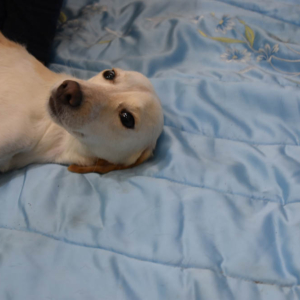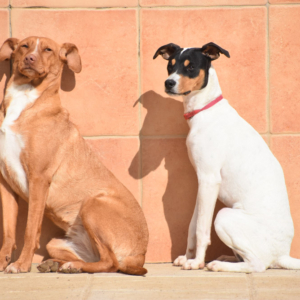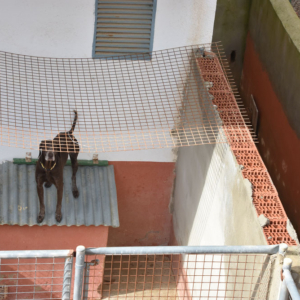3 1⁄2 days at the Hogar de Asis animal shelter in La Carolina
“Then it’s probably not meant to be” was my first thought when I heard about the rail strike and flight strike in Germany – and the very bad weather that was forecast. On the day of my departure to Spain, of all places. It had been planned for weeks that I would meet up with the mediator from the animal welfare organisation Europa – Regina Ehrat – in Zurich and then travel together to La Carolina via Malaga. My second thought was: “I have to manage that somehow”. That’s exactly what happened and I met Regina on time in Zurich to fly on to Malaga with her and then drive the three hours to La Carolina in a hire car. All privately financed, of course.
What did I want to do in Spain at TSV Europa’s partner animal shelter? I have been adopting three dogs from two Spanish animal shelters since 2018, two of my dogs were previously in a perrera (killing centre). My most recently adopted dog comes from the Hogar de Asis shelter. My little pack consists of four dogs in total. I am also a donor, a member of the association and have sponsored dogs at TSV Europa. I wanted to get answers to two main questions from the trip:
- Wie lebten meine Hunde im Tierheim in Spanien, bevor sie zu mir kamen? What is it like there? But there was no way I wanted to see a perrera.
- What does animal welfare look like on the ground in Spain? How do sponsorships and donations help?
When we arrived in La Carolina, we drove straight to the animal shelter. I liked the city with its chessboard-like structure (good for my poor sense of direction!), its colonial-style houses and streets with lots of orange trees. Very typical of the region and not at all touristy. Unfortunately, the industrial area in which Hogar de Asis is located is also very typical: right next to a rehala* and opposite a rubbish tip or scrap yard. The rain made everything look even more dreary. The rain and wind accompanied us for the whole of our stay in La Carolina.
However, this was immediately forgotten when Regina introduced me to Teresa, the manager of the animal shelter, and Josefine, her only employee, colleague and supporter. Both very likeable, self-confident women in their early fifties with a warm and very positive aura. I immediately felt welcome and at home. What also struck me immediately was the absolute cleanliness of the building, it didn’t smell of dog or … and the friendly little dogs scurrying freely around us. Everything was in order and that with over seventy dogs in the shelter. I was impressed and have the greatest respect for what they do. Teresa showed me the medication and treatment room, the bathroom with bathtub for the dogs, the storage room for blankets, towels etc., the storage room for the food and the washing machine, which was almost always running to wash blankets and towels for the dogs.
At the rear of the building are the many kennels. Each kennel has a passageway to the outside, but it was also quite cold and damp. The sensitive dogs all wore a jumper or dog coat against the cold. Each dog has a basket (made of plastic for hygiene reasons) with a blanket to snuggle up under, plenty of food, which was very reassuring, and fresh water. The barking with excitement because there were suddenly two strangers was deafening. The dogs were alone or in pairs, threes or fours in the kennels, as the shelter is very full at the moment. However, the dogs did not appear sad, aggressive or apathetic. I was to find out why this was the case over the next few days.
I hardly slept on my first night in La Carolina because I couldn’t shake off these first impressions and therefore couldn’t sleep.
The next morning – like every morning of our stay – Regina and I were at the shelter at 9am on the dot and the daily routine at the shelter began: cleaning the kennels, changing and washing the blankets, feeding, filling up the water troughs, letting the dogs out in groups (difficult in the bad weather!) and so on. As the dogs didn’t know me, I could only help with the “social programme”, vet visits, medical care or collecting droppings outside … and, of course, give out cuddles to individual dogs or just be there for one or two of them.
What do I call a “social programme”? What I find very remarkable is that individual dogs are tested to see how socially compatible they are in certain situations, with noises and with certain people – such as children or men. Everything video-documented. It was very interesting to be there.
The three and a half days at the animal shelter were so impressive that I would just like to list here what impressed me the most and will probably always be remembered:
- The incredible love for the dogs, perseverance and patience of Teresa and Josefine seven days a week!!!
- The familiar feeling at the shelter with the dogs
- About 30 to 40 dogs in the run – me as a stranger in the middle – and all the dogs get along (no stress or biting) because they have total trust in Teresa and Josefine and regard and respect them as pack leaders. It wouldn’t work any other way.
- A visit to the vet with a lovely 50kg Mastin on a lead
- With Benito, the little pirate (a lovely guard dog who is not that small!) at the vet. His right eye was operated out for medical reasons. He was so unbelievably brave and was happy to let me “look after” him in the form of cuddles and sausages
- The eyes of the dogs behind the kennel bars
- The dogs that probably have no chance of being rehomed and for whom the Hogar de Asis shelter will remain their home. How good that Josefine is there. She has understanding and love and takes the time for every dog, no matter how traumatised.
- I was allowed to meet the mother of my adopted dog.
Finally, I would like to come back to whether I have received answers to my two questions. YES. I understand the background of my dogs coming from Spain and can better classify and understand some of their behaviour. I now understand why they were so relaxed in Emmendingen after the transport: They were wonderfully cared for and looked after during their stay in the respective animal shelters (according to the circumstances).
The donations and sponsorships are so important for the medical care of the dogs (for example the operation on Benito’s eye), good food, being able to pay a temporary help, being able to build a secure fence, being able to modernise and extend the kennels, having dog jumpers and coats against the cold, blankets to snuggle up in and much more.
Finally, I would like to say a big thank you to Regina for having the courage (as I did) to take the risk of travelling to Spain with a stranger in her spare time to introduce her to the work of a partner animal shelter, and for the important, tireless (team) work of all the volunteers at the European Animal Welfare Association. An interesting look “behind the scenes” for me, which gave me an even greater respect for the commitment of every single member of the TSV Europa team who contributes to the placement of an animal welfare dog.
Many thanks also to Teresa and Josefine for their openness and hospitality. I am aware that “visitors” sometimes disrupt or disturb routine processes. Wherever possible, I tried to provide support. The daily second breakfast with churros, chocolate and coffee will remain unforgettable – always surrounded by dogs. Danke und muchas gracias.
Silvia Marhenke In March 2024
*A rehala is a shelter where hunters keep their hunting packs. This can be a shed, a garage or simply a hole in the ground.
YOUR HELP FOR ANIMAL WELFARE
Other ways to donate

